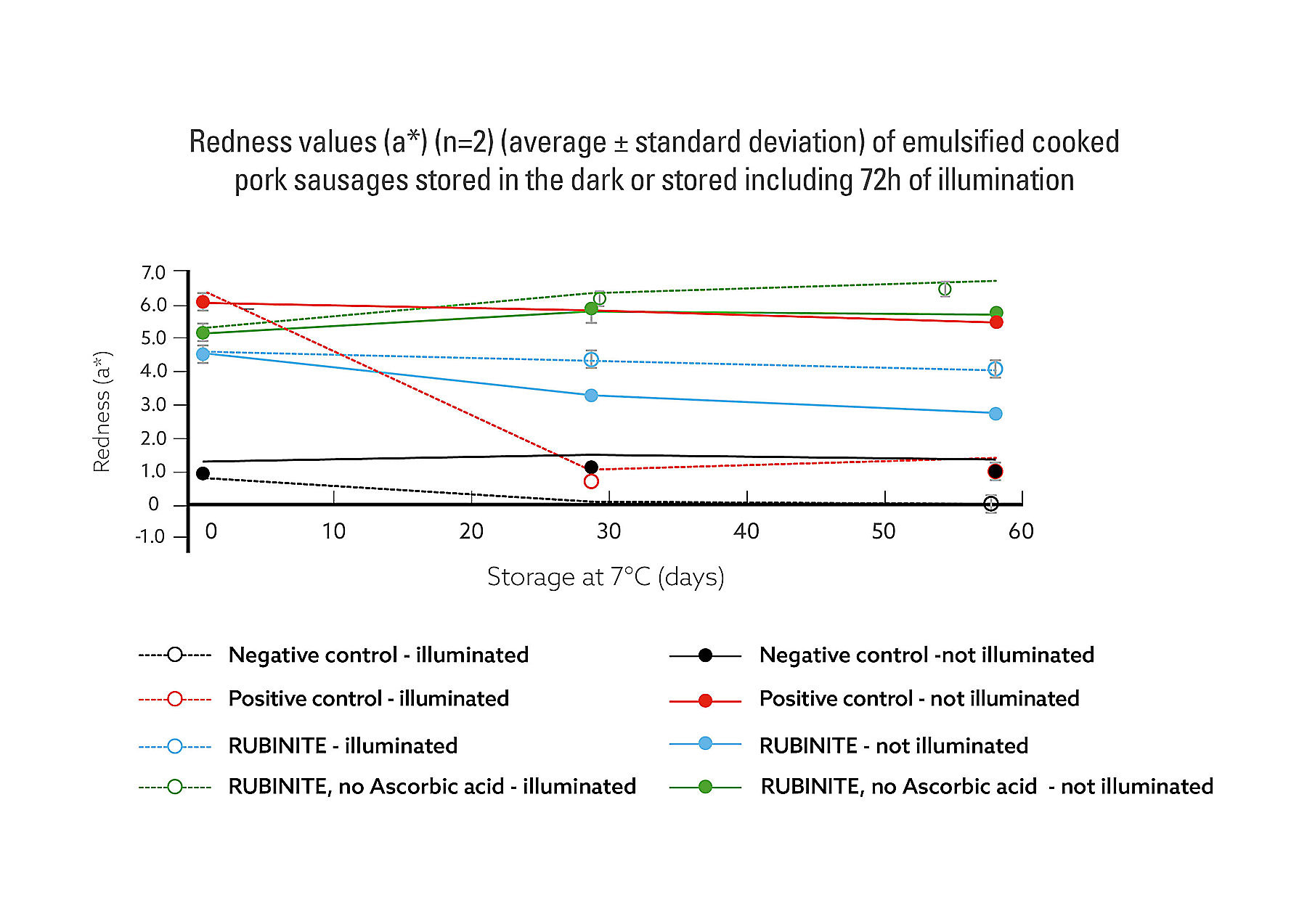Nitrites have been the most commonly used ingredient to cure meat over the past 20 years. Since the seventies authorities started to look closer into this ingredient, and they keep regulating its usage by decreasing the legal limit of inclusion in processed meat. At the same time consumers don’t really understand the role of nitrites in their food and are looking for labels with no chemical-sounding ingredients in it. Let’s take a deeper look into nitrites and how our 100% nitrite-free curing aid could be an alternative solution for you.
What are nitrites?
First let’s look at the difference between nitrate and nitrite. Nitrates (NO3) consist of one nitrogen atom and three oxygen atoms. They are relatively inert, which makes them stable and unlikely to change and thus causing harm. Nitrites (NO2) on the other hand consist of one nitrogen atom and two oxygen atoms. This makes them more susceptible to change.
Nitrite in a meat acid medium, yields the formation of nitrous acid that can form its anhydride N2O3 which is in equilibrium with the oxides NO (nitric oxide) and NO2. The reactivity of NO with myoglobin and amino acids produces many of the changes observed in cured meat1. On the other hand, nitrite can react, under certain conditions, with amines and amino acids in meat producing nitrosamines which can be harmful.
So why does the industry use nitrites in processed meat? Nitrites prevent the growth of foodborne pathogens like Clostridium botulinum and function as antioxidants. Furthermore, they are responsible for the bright pink to red colour that we like to see when buying processed meat.
Nitrites in nature and in processed meat
A lot of vegetables and plants contain nitrates and around 80% of our dietary nitrate intake comes from vegetables. The highest concentrations you’ll find in beet roots and leafy greens such as kale, arugula, chard, and spinach. When we ingest those vegetables, our body will transform these into nitrites and then nitric oxide, which is beneficial for our health. For example, it has been proven that the consumption of red beets improves our blood pressure and our oxygen efficiency2.
So why did we develop a nitrite-free curing aid? The reason why nitrite-levels in food are regulated is because processed meat doesn’t only contain some residual sodium nitrite but is also high in protein. Intense temperatures, like when cooking or frying, catalyses the generation of N-nitrosamines, which can lead to health concerns.
At Kemin we wanted to do better, so we did!
RUBINITE GC Dry: the alternative from natural ingredients
We are very proud to announce our newest food safety solution: RUBINITE GC Dry is a patent pending nitrite alternative solution. It is a label-friendly curing aid for emulsified cooked sausages like mortadella, frankfurters, knacks…etc. The active molecules of rosemary and green tea extracts provide the antioxidant properties, when buffered vinegar has a strong antimicrobial activity against foodborne pathogens like Clostridiumbotulinum and Listeria monocytogenes*.
While developing this curing aid alternative we needed to make sure we are providing the expected pink to red colour. Consumers rely on this typical criterion when buying processed meat. That’s why we tested the colour stability and RUBINITE GC Dry outperformed nitrite results.

